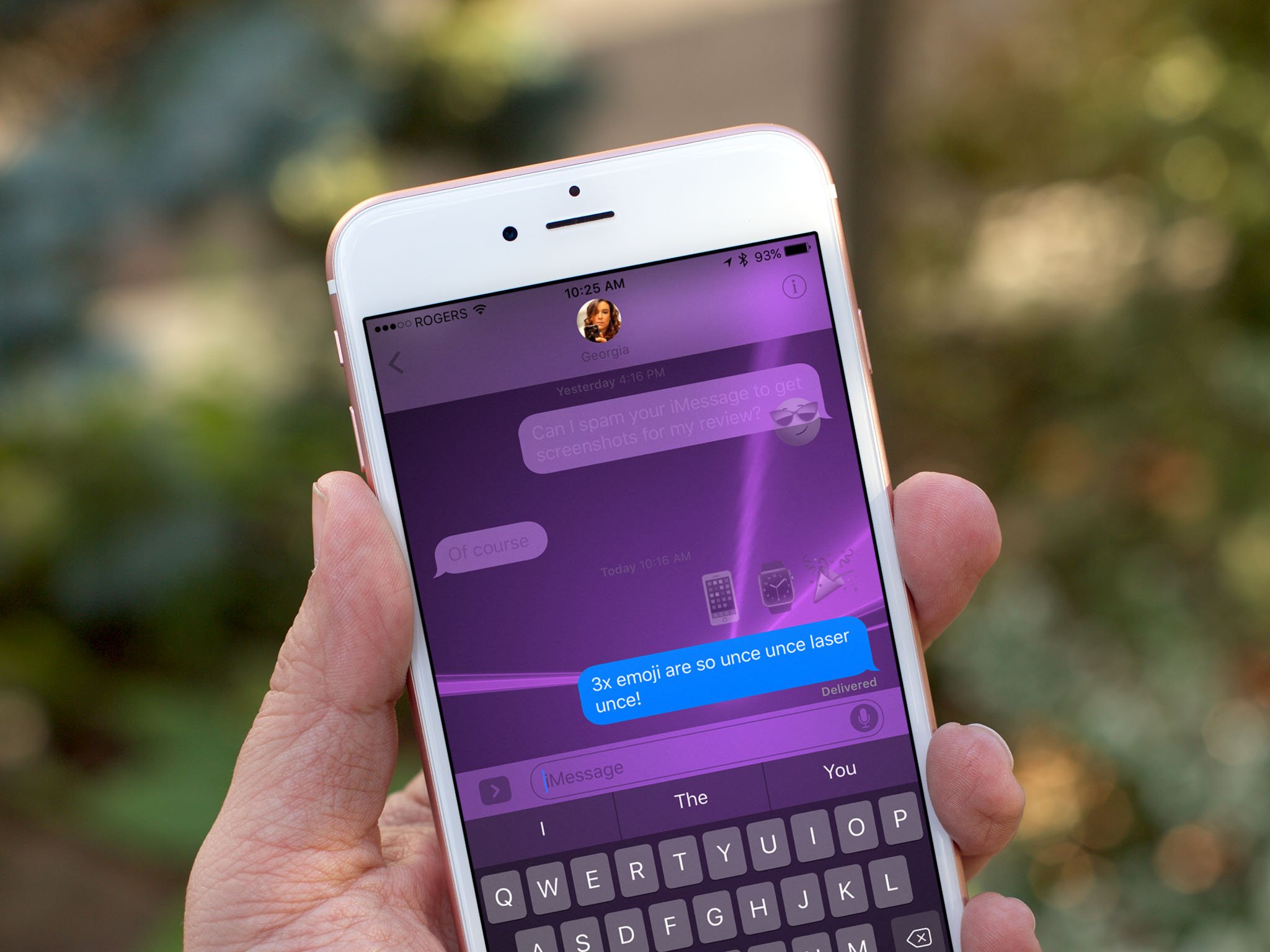With the iPhone 13 event maybe only 2 weeks away, and the launch just 10 days after that, the rumors are coming in hotter, heavier, and wilder than ever. Including this one from over the weekend — that the iPhone 13 could be a full-on satellite phone, able to make calls and send texts, even if you're not on a cellular network. Which sounds just way, way too good to be true. Or does it?
The report
Supply chain exfiltrator extraordinaire Kuo Ming-Chi is saying Phone 13 will support low-orbit satellite communication. Likely through Globalstar, but maybe also, eventually, Elon Musk & SpaceX's StarLink and China Satellite Communications. All thanks to a custom Qualcomm X60 modem. Something that won't be available until next year's X65 modem for the rest of the phone market.
So, of course, we immediately got a million blog posts and videos about Zo-My-God, more like iPhone sat phone. But, which also makes the kind of sense that doesn't?
I'll get to why the whole idea is so problematic in a low-earth orbiting minute, but I think the coverage comes down to the way Kuo sort of glitches out and resets the Matrix halfway through his report.
It's right here where it says, "Qualcomm has been working with Globalstar for a long time and expects to support Globalstar's n53 band in future X65 baseband chips." Which… true…
But then a black cat walks by, and…. "Therefore, if Apple wants to provide satellite communication on the iPhone 13, we believe that the most likely manufacturer to cooperate is Globalstar."
Which could also be true… one day, but completely and utterly conflated with the first part today.
Down vs. up
Now, getting a satellite signal is no big deal. The iPhone has been doing that with GPS since the 3G in 2008, and the iPhone 12 supports GLONASS, Galileo, QZSS, and BeiDou for other geographies as well. Even though, traditionally, that's been slow and so cell towers, when available, have been used to assist and speed up the process.
If you want to get a signal up to a satellite, though… yeah, that's way more difficult because physics. And a whole other antenna system. Which is currently… a lot. Like it makes the iPhone 12 mmWave windows seem like nothing a lot.
n53
So, let's focus on that first part again, the pre-black cat part. Globalstar does indeed have the n53 band for 5G NR, or New Radio, and in point of fact, Globalstar and Qualcomm have announced it's going to be included in Qualcomm's X65 modem for everybody. That means it's certainly possible Apple's gotten Qualcomm to whip up a special version of the X60 modem, the modem widely expected to be in the iPhone 13, that includes n53 a little early — an… X62.5 modem, if you will.
And, according to Globalstar, n53 can help with small-cell 5G but can also be used as a traffic channel or as an anchor for other licensed or unlicensed bands in 5G networks.
There's a way better than M. Knight Shamalan-style twist at the end of this, but while it's possible Apple could walk in a couple of weeks and just slap a sat phone antenna down on the table if this report is at all accurate, it seems far more likely Apple would just be using n53 as an anchor or something for the iPhone 13's improved 5G system. With Kuo simply conflating Globalstar's terrestrial business with their celestial business.
Emergency broadcast
As to the second part, Bloomberg's Mark Gurman has just reported that Apple is looking to use satellite networks for two new safety features: The ability to send and receive emergency text messages when outside carrier coverage areas, and the ability to report disasters when outside carrier coverage areas or the networks are simply down because of the disasters. Both would still be a technological leap forward, but maybe not a giant honking antenna leap.
Because let's be honest here, 5G is barely, barely even mainstream right now, and I'm still not convinced mmWave will ever end up being a consumer-facing technology at scale. It just reeks so much of WiMAX right now. Never mind full-on satellite phone for everyone, which is probably even further out.
When the technology matures to a point where the antennas are more feasible for an iPhone style device, though, who knows, maybe Apple is closer to shipping their own custom modems and putting their own low earth orbit satellites across the sky. Because that's been rumored before as well.









0 comments:
Post a Comment